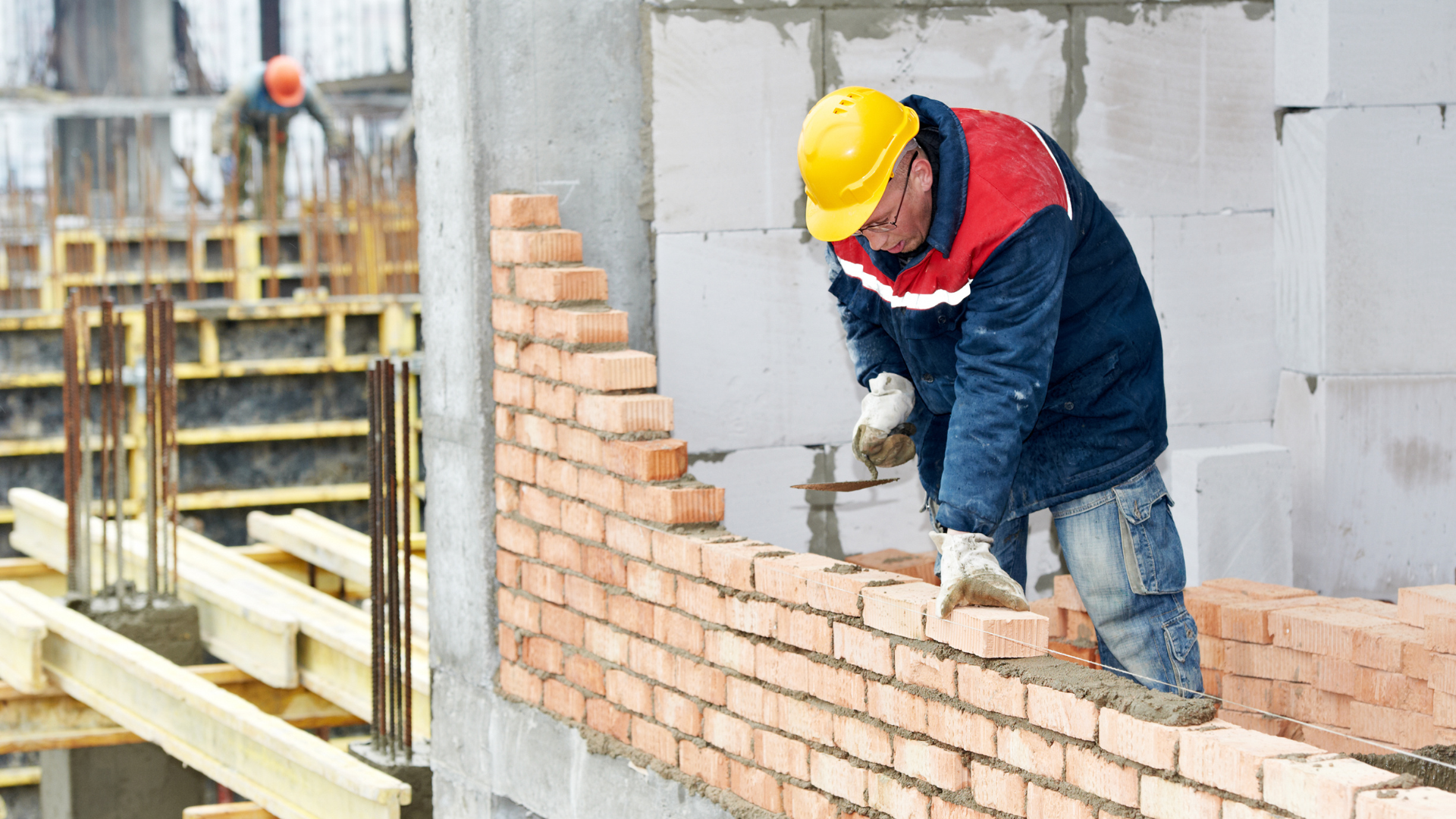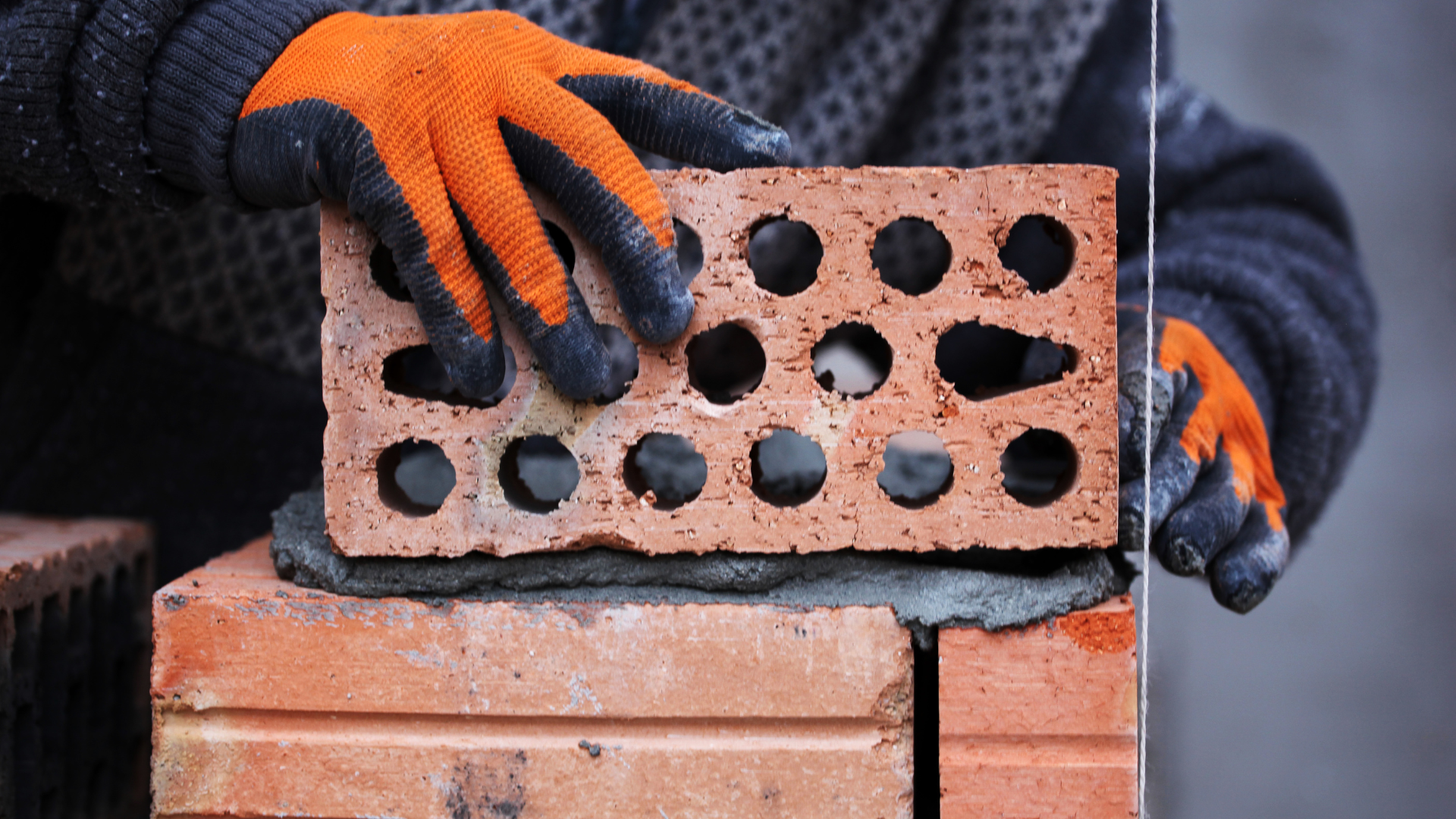Restoration Work
Restoration work involves the process of repairing, renovating, or returning a building or structure to its original or historically accurate condition. Restoration projects can range from historical landmarks and cultural heritage sites to older residential or commercial buildings. Here are key steps typically involved in restoration work
Need Any
Mason ?

Bricklaying
Bricklaying is the process of constructing a structure, typically walls, using bricks and mortar. It is a skilled trade that requires precision and attention to detail. Here is a basic overview of the bricklaying process:

Stone Masonry
Stone masonry is a construction technique that involves using natural stone units (such as granite, limestone, sandstone, or marble) to create structures or walls. This craft has been employed for centuries and is known for its durability, aesthetic appeal, and timeless beauty. Here’s an overview of the stone masonry process
- Site Preparation
- Choosing Stones
- Dry Stone Masonry
Concrete Work
Concrete work involves the use of concrete—a versatile and durable construction material composed of cement, water, aggregates (such as sand and gravel), and often additional additives. Concrete is commonly used in a variety of construction projects, from foundations and sidewalks to bridges and high-rise buildings. Here’s an overview of the concrete work process
- Site Preparation:
- Formwork
- Reinforcement
- Mixing Concrete
- Pouring Concrete
Tile Setting
Tile setting, also known as tile installation or tile laying, involves placing ceramic, porcelain, or natural stone tiles on surfaces such as floors, walls, and countertops. Proper tile setting is crucial for both aesthetic and functional reasons. Here’s a general overview of the tile setting process:
A reputable mason should be willing to provide a written warranty or guarantee for their work. This document outlines the specific terms and conditions of the guarantee, including the duration and what aspects of the work are covered.
Plan the layout of the tiles to achieve a balanced and aesthetically pleasing design. Start by finding the center of the room or the focal point and work outward. Dry-lay tiles without adhesive to visualize the pattern and make necessary adjustments
Measure and cut tiles as needed, especially at the edges and corners of the installation area. Use a tile cutter, wet saw, or other appropriate tools for precise cuts

